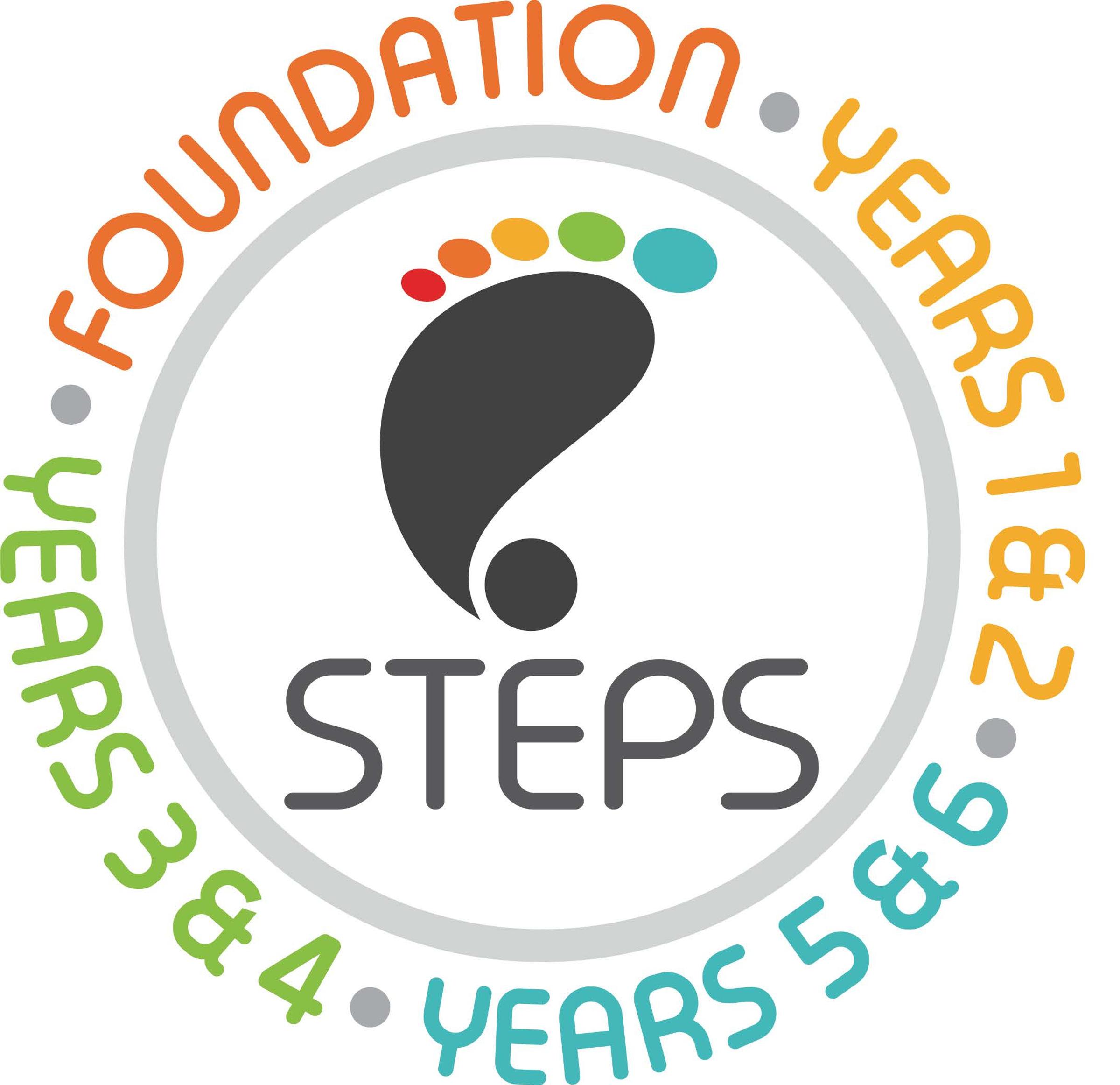BIG LIFE - Footsteps

Term 2 - Week 5 & 6
Footsteps Classroom Learning:
The past two weeks, students have been learning about stress and how it shows up in the body. We all experience stress—especially when routines change or something unexpected happens. Stress can trigger the fight-flight-freeze response, which is the brain’s way of protecting us from danger. For some children, even everyday situations like a test, speaking in front of others, or a noisy room can feel overwhelming.
This response helps keep us safe or motivates us to act—but it can also feel uncomfortable. Children might notice a racing heart, tummy aches, sweaty hands, or the urge to avoid something.
Click on the link to view the videos and learning we explored to help students understand what’s happening in their brain and body during stress
https://sites.google.com/education.vic.gov.au/biglifefootstepspar
How you can support this at home:
Talk with your child about times they’ve felt stress and what it felt like in their body. Practising calming strategies together—like deep breathing or quiet time—can help them feel more in control when big feelings show up.
Welcome to Big Life - Footsteps
We are excited to be working with A Big Life implementing their Footsteps Program across all year levels in our school. The Program has been developed and informed by evidence and in collaboration with students, teachers, and parents of our local Warrnambool & District Schools, to ensure that it meets the needs of young people in our local context. The program also aims to lean into our schools’ current strengths and the great work that is already happening. The Footsteps Program is supported by Warrnambool Student Wellbeing Association, Fletcher Jones Foundation, La Trobe University, and the Department of Education.
The Footsteps Program provides classroom lessons and teacher professional development, to support students to build the skills and capacity to navigate life’s ups and downs and safeguard their mental health. Each fortnight students participate in a new Footsteps lesson and parents can access these resources through the Parent Website. https://sites.google.com/education.vic.gov.au/biglifefootstepsparentaccess/about-footsteps
We encourage parents to extend and support this learning and conversation at home.
In the classroom we are exploring what causes us to feel different zones.
Emotions can sometimes feel like a mystery, but when children understand why they feel a certain way, they are better able to manage challenges and make positive choices.
At school, we use the Zones of Regulation to help students recognize their emotions and what causes them. By identifying what triggers different emotions—like frustration when a task is difficult (Yellow Zone) or ‘optimistic’/’eager’ when something fun is planned (Green Zone)—students can understand their reactions and feel more in control.
Knowing the cause of their emotions also helps children communicate their feelings more clearly. If they realize they’re feeling tired and unfocused (Blue Zone), they can express that they need a break. If they recognize they are overwhelmed (Red Zone), they can begin to step back rather than react impulsively.
By developing this self-awareness, students build confidence in managing their emotions, strengthening relationships, and staying engaged in learning.
